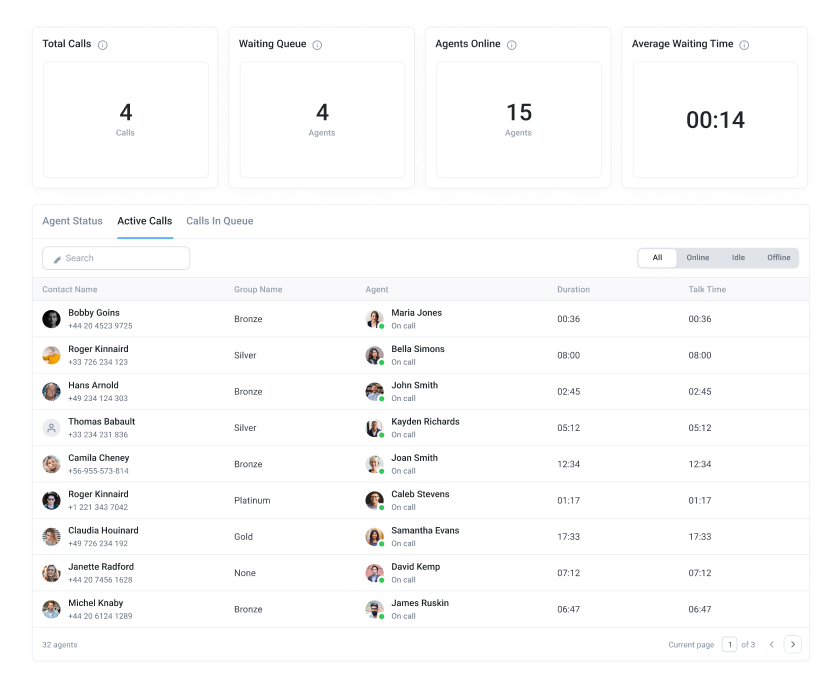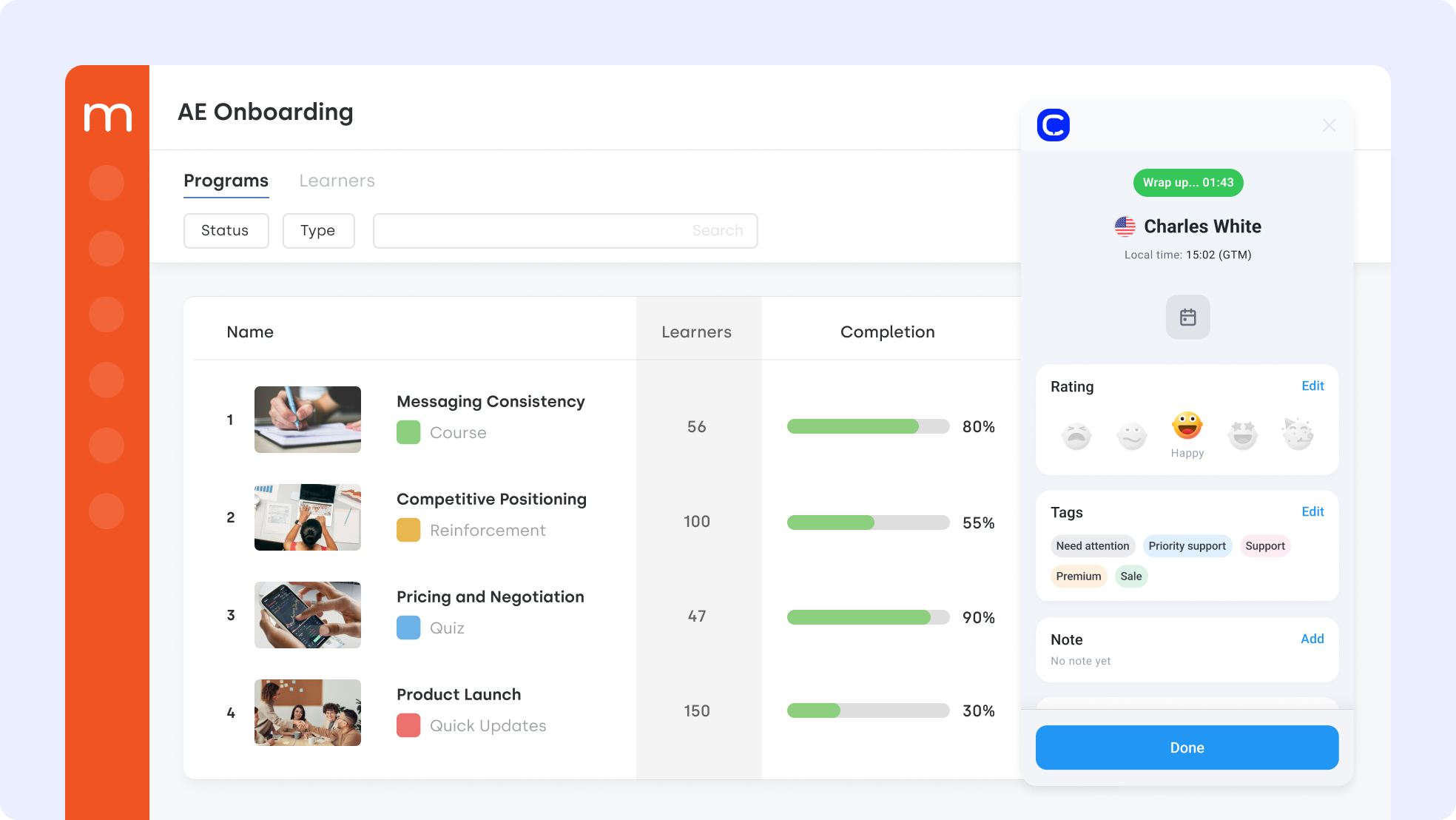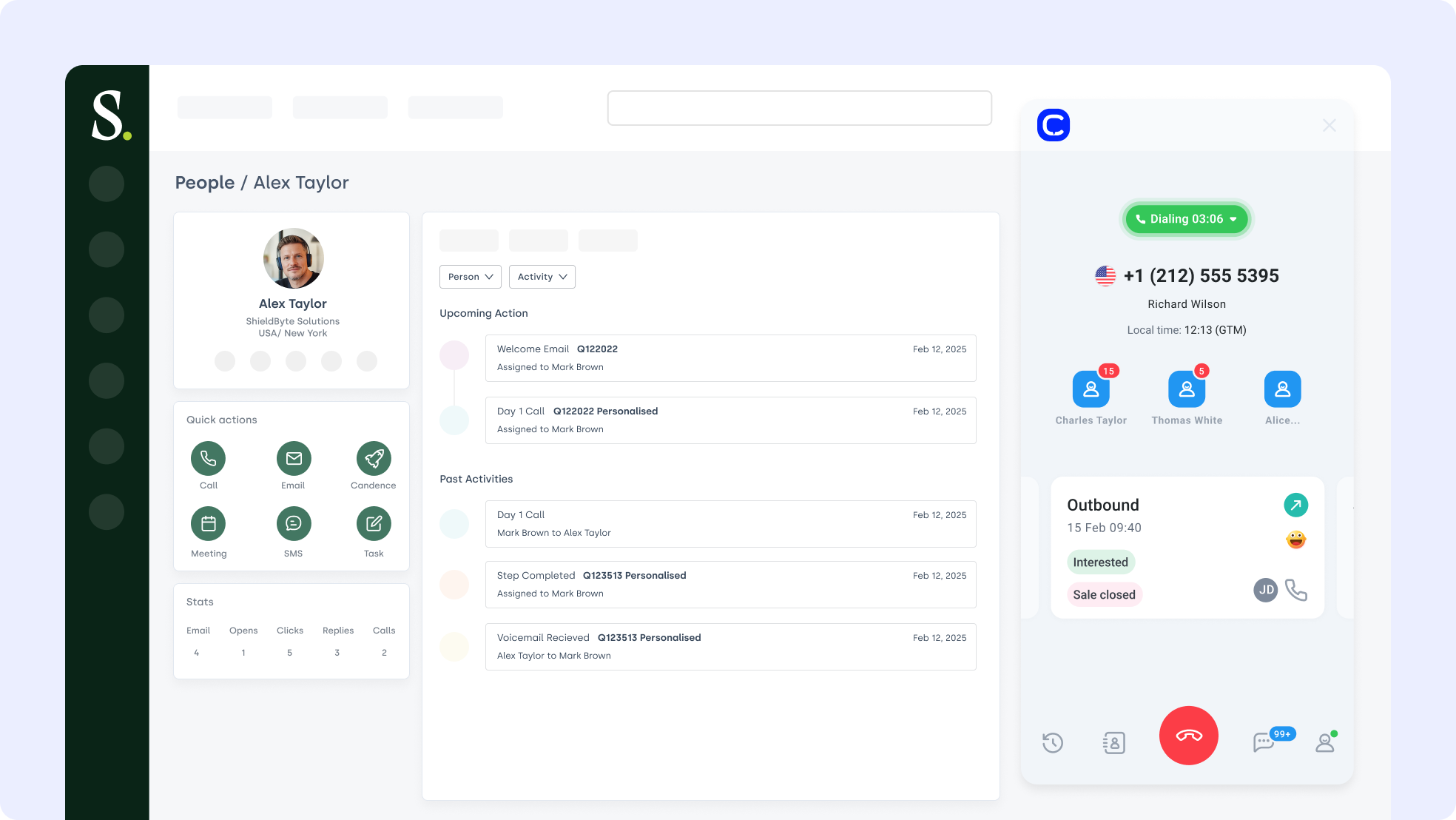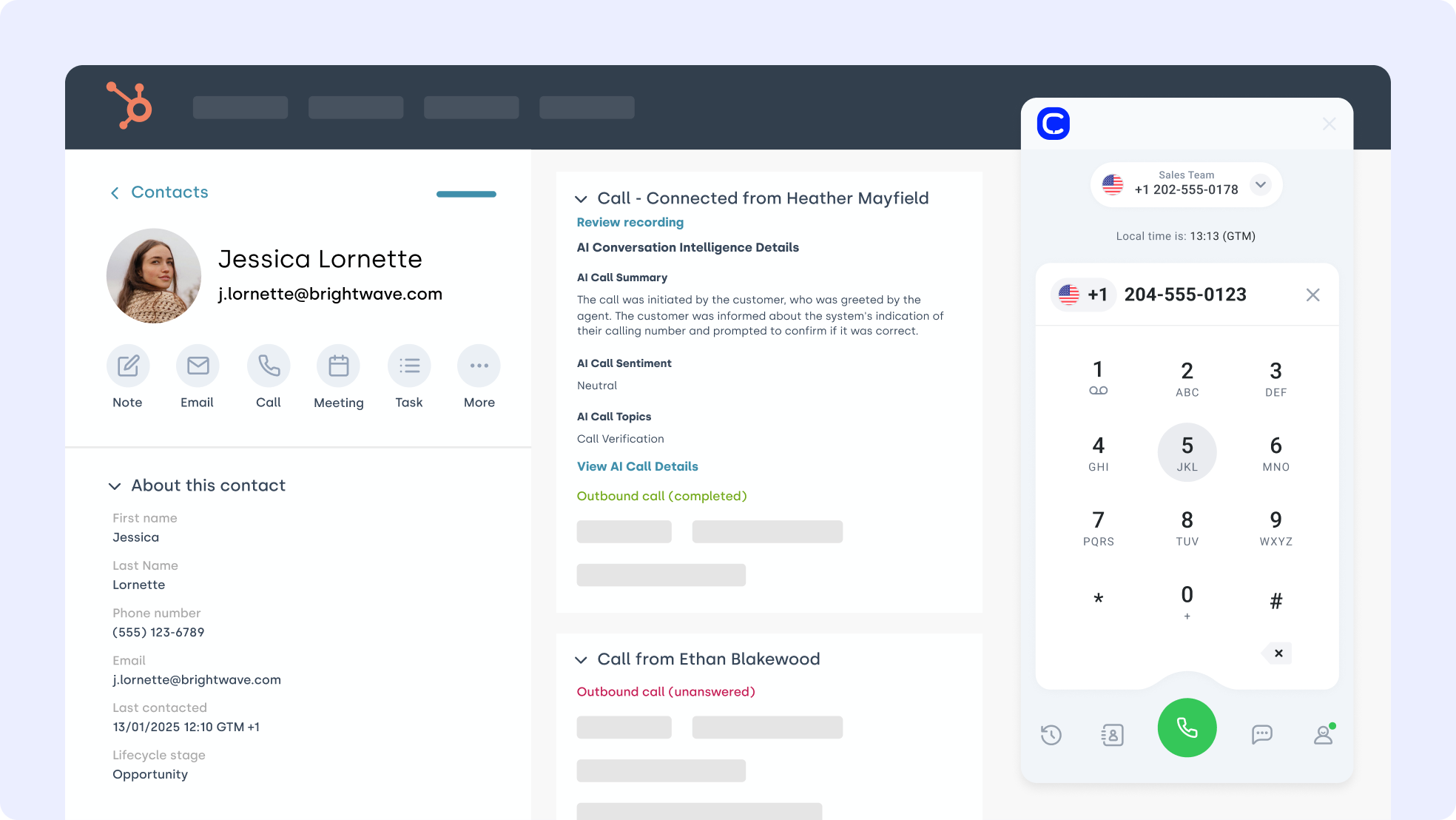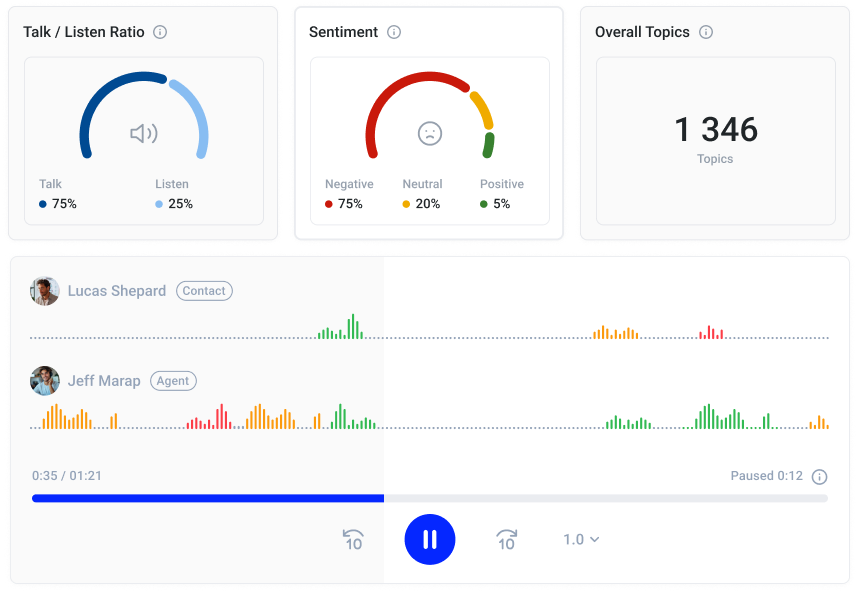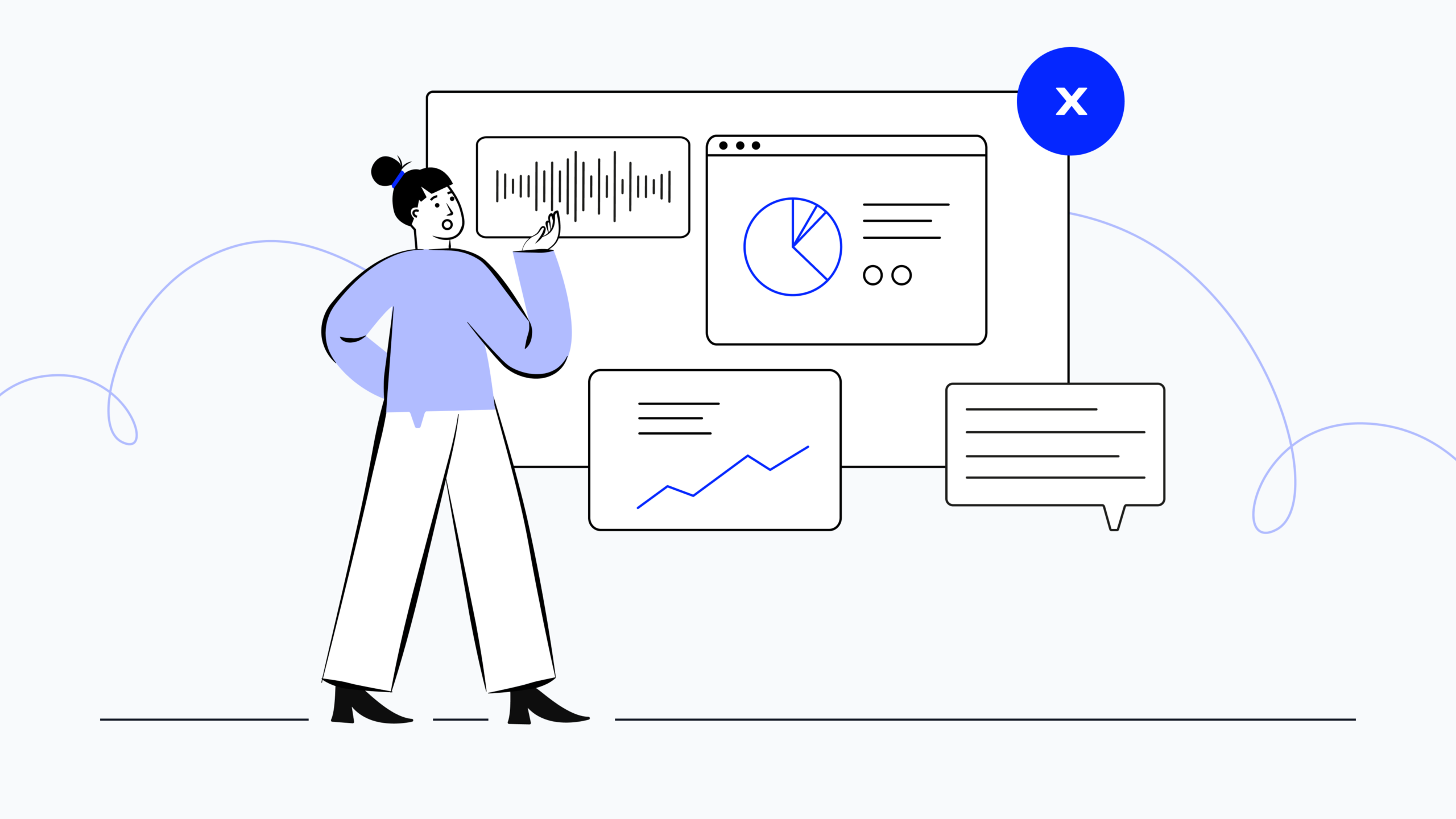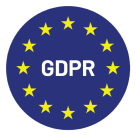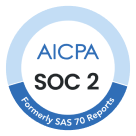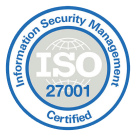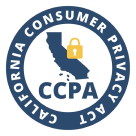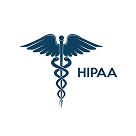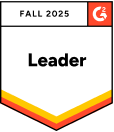It’s not lack of training that kills deals. It’s wasting five minutes mid-call digging through a folder named “Final Deck-ACTUAL Final-v3 (Use this one).”
Most sales enablement software swears it’ll fix that. But unless they have native integrations with your tools, and features with real benefits (faster onboarding, better productivity, marketing/sales alignment) it’s just another digital junk drawer.
The best sales enablement platforms in 2025 flip that script. They deliver just-in-time guidance inside the CRM, during live conversations, and across daily workflows. Context meets action. That’s how you shorten ramp times, keep messaging tight, and actually win more deals.
In this guide, we’ll walk you through the 10 best sales enablement tools and platforms—the ones built to help reps sell smarter, not just hoard content.
Coming up
Key takeaways:
-
Most sales enablement software looks great in a demo—but only the best platforms actually help reps in the moment.
-
The right tool saves time, boosts consistency, and keeps sales and marketing from playing email tag.
-
If it doesn’t integrate with your CRM, make life easier for reps, and prove ROI—you don’t need it.
Make Sales Enablement Work
Why Trust CloudTalk?
Sales Enablement Platforms Overview: 10 Best Tools Compared
| Platform | Key Features | Best For | G2 Rating |
|---|---|---|---|
| CloudTalk | AI voice agents, call recording & analytics, CRM & helpdesk integrations, automated dialers | SMB sales teams and customer-facing teams that need real-time enablement inside calls | 4.4 / 5 |
| Salesforce Sales Cloud | Full CRM + sales automation, content management, workflow integrations | Large enterprises that need a comprehensive, scalable system | 4.4 / 5 |
| HubSpot Sales Hub | Seamless sales & marketing integration, pipeline & deal tracking, engagement tools | Small-to-mid-sized teams looking for an all-in-one sales enablement platform | 4.4 / 5 |
| Highspot | Content management, playbooks & guided selling, content analytics | Mid-market to enterprise teams focused on content strategy & alignment | 4.7 / 5 |
| Seismic | Personalized content delivery, analytics, plus training support | Companies with large content libraries & complex buyer cycles | 4.6 / 5 |
| Showpad | Blended content & training, buyer engagement, playbooks, guided selling | Sales teams needing unified content + training + buyer interaction | 4.6 / 5 |
| Mindtickle | Onboarding, sales readiness, coaching & training modules | Organizations emphasizing continuous learning & rep development | 4.6 / 5 |
| Allego | Video coaching & peer learning, content sharing, just-in-time enablement | Teams wanting real-time learning + collaboration | ~ 4.5 / 5 |
| SalesLoft | Sales engagement flows, automation, analytics, CRM integration | SDR / outreach-heavy teams who need automation + tracking | ~ 4.5 / 5 |
| Gong.io | Conversation intelligence, coaching insights, call analytics | Teams focused on improving live conversations + rep performance | ~ 4.7 / 5 |
10 Best Sales Enablement Tools & Platforms for 2025
We’ve rounded up the top sales enablement software of 2025. This list covers a mix of platforms—from content management to conversation intelligence—so you can find the best sales enablement solution for your team.
1. CloudTalk
What it is:
CloudTalk is a calling and B2B sales enablement company that equips sales teams with AI-powered calling, analytics, and CRM integrations.
Key Features:
-
AI Voice Agent (CeTe) for coaching & automation: Supports reps during live calls with prompts, objection handling, and workflow automation.
-
Power Dialer & Parallel Dialer: Automates high-volume outreach while keeping calls personalized and efficient.
-
Call recording & speech analytics: Tracks conversations, analyzes sentiment, and surfaces insights for rep training and improvement.
-
35+ CRM & helpdesk integrations: Connects seamlessly with Salesforce, HubSpot, Pipedrive, Zendesk, and more to keep enablement inside your existing workflows.
Best for
CloudTalk
| Pros | Cons |
|---|---|
| Real-time coaching during live conversations | Focused on voice workflows (not a content library) |
| Easy CRM integrations | Limited offline functionality: CloudTalk relies heavily on a stable internet connection. |
| Easy-to-use platform allows for quick adoption without a steep learning curve. |
Pricing: CloudTalk offers four pricing plans, each with its own set of features:
-
Lite (Americas) ($19/user/month) or (Starter $25: Includes unlimited US & Canada calling, business SMS, International Numbers, Call Recording, basic call analytics, and 24/7 email/chat support.
-
Essential ($29/user/month): It offers 1,000 domestic outbound minutes, 24/7 live support, advanced analytics, IVR, Skill-Based routing, Integrations + Open API.
-
Expert ($49/user/month): It includes features like Power Dialer, Smart Dialer, VIP Queues, WhatsApp Inbound & Outbound Messages, and Call Monitoring.
-
Custom (Varies): This plan is tailored for businesses with unique needs and includes custom onboarding, unlimited outbound calls with flat rates, enterprise-level security, and developer support.
G2 Rating: 4.4 / 5.0
Give Your Sales Team Back Their Time
2. Highspot
What it is:
Highspot is a sales enablement platform focused on content management, guided selling, and analytics.
Key Features:
-
Content management hub: Organizes and surfaces sales collateral, pitch decks, and case studies for easy access.
-
Playbooks & guided selling: Provides reps with structured workflows and talking points during the sales cycle.
-
Content performance analytics: Tracks which materials drive engagement and conversions.
-
CRM integrations: Connects with Salesforce, HubSpot, and other CRMs for contextual content delivery.
Best for
Highspot
| Pros | Cons |
|---|---|
| Powerful content search & organization | Steep learning curve for new users |
| Strong guided selling playbooks | Premium pricing may exclude SMBs |
| Detailed analytics & reporting | Complex implementation |
| Intuitive user interface | Requires ongoing admin effort |
Pricing: Custom quote only.
G2 Rating: 4.7 / 5.0
Product visual: Highspot dashboard
3. Seismic
What it is:
Seismic is an enterprise-grade sales enablement software provider offering personalized content, analytics, and training solutions.
Key Features:
-
AI-driven content personalization: Delivers tailored collateral to each buyer persona.
-
Sales training modules: Provides coaching and onboarding features alongside content delivery.
-
Analytics & reporting: Insights into what content and tactics work best.
-
CRM & marketing automation integrations: Connects with Salesforce, Marketo, and more.
Best for
Seismic
| Pros | Cons |
|---|---|
| Best-in-class personalization | Expensive for SMBs |
| Enterprise-level integrations | Requires significant setup time |
| Robust analytics | Overwhelming feature set for smaller teams |
| Strong training & enablement | Limited flexibility in UI |
Pricing: Custom quote.
G2 Rating: 4.6 / 5.0
4. Showpad
What it is:
Showpad combines sales enablement tools for content, coaching, and buyer engagement in a single platform.
Key Features:
-
Content hub: Centralized access to sales collateral, presentations, and case studies.
-
Training & coaching: Interactive modules for onboarding and upskilling reps.
-
Buyer engagement analytics: Tracks content usage and engagement from prospects.
-
CRM integrations: Works with Salesforce, Microsoft Dynamics, and others.
Best for
Showpad
| Pros | Cons |
|---|---|
| Combines content & training | Reporting can feel limited |
| Buyer engagement features | Not ideal for smaller teams |
| User-friendly design | Customization is limited |
| Good CRM integrations | Requires investment in change management |
Pricing: Custom quote.
G2 Rating: 4.6 / 5.0
5. Mindtickle
What it is:
Mindtickle is a B2B sales enablement software specializing in onboarding, training, and sales readiness.
Key Features:
-
Onboarding & readiness programs: Speeds up ramp time for new hires.
-
Gamified training: Keeps reps engaged with quizzes and interactive content.
-
Analytics dashboards: Tracks rep progress and skill gaps.
-
Integrations: Connects with CRM and LMS systems.
Best for
Mindtickle
| Pros | Cons |
|---|---|
| Excellent onboarding workflows | Focused mainly on training (less on content) |
| Engaging gamification | Implementation can be time-consuming |
| Strong analytics | Customization options limited |
| Supports ongoing coaching | Requires buy-in from sales managers |
Pricing: Custom quote.
G2 Rating: 4.6 / 5.0
6. Allego
What it is:
Allego is a collaborative sales enablement solution with emphasis on video learning and peer-to-peer coaching.
Key Features:
-
Video coaching & feedback: Enables reps to practice and share pitches with managers.
-
Content sharing: Central repository for sales content and training resources.
-
Just-in-time enablement: Provides contextual support during workflows.
-
Analytics & reporting: Measures engagement with training and content.
Best for
Allego
| Pros | Cons |
|---|---|
| Great peer-to-peer learning | UI can feel dated |
| Flexible video tools | Not as strong on advanced analytics |
| Supports just-in-time learning | Requires cultural adoption to succeed |
| Strong collaborative features | May overlap with LMS tools |
Pricing: Custom quote.
G2 Rating: 4.5 / 5.0
7. SalesLoft
What it is:
SalesLoft is primarily a sales engagement tool, but often used as a sales enablement platform for SDRs and outbound teams.
Key Features:
-
Cadence automation: Structures outreach sequences.
-
Email & call tracking: Monitors engagement across channels.
-
CRM integration: Syncs with Salesforce, HubSpot, and others.
-
Analytics dashboards: Tracks rep activity and prospect engagement.
Best for
SalesLoft
| Pros | Cons |
|---|---|
| Great for SDR outreach | Pricing can be high |
| Strong CRM integrations | Limited for content enablement |
| Detailed engagement tracking | Best for outbound-focused teams |
| Automates cadences effectively | Steep learning curve for new users |
Pricing: Custom quote.
G2 Rating: 4.5 / 5.0
8. Gong.io
What it is:
Gong is a conversation intelligence platform positioned as one of the top sales enablement companies for coaching and deal visibility.
Key Features:
-
Call recording & transcription: Captures every sales conversation.
-
Conversation analytics: Identifies what top reps do differently.
-
Deal pipeline insights: Helps managers spot risks.
-
CRM integration: Syncs call data to Salesforce, HubSpot, etc.
Best for
Gong
| Pros | Cons |
|---|---|
| Excellent analytics for coaching | High cost |
| Improves deal visibility | Limited outside conversation scope |
| Helps replicate top-performer habits | Not a full enablement suite |
| Strong integrations | Heavy data requirements |
Pricing: Custom quote.
G2 Rating: 4.7 / 5.0
9. Spekit
What it is:
Spekit is a lightweight, just-in-time sales enablement software solution that embeds learning directly into workflows.
Key Features:
-
In-app guidance: Delivers contextual training inside tools like Salesforce.
-
Playbooks & templates: Provides reps with quick, accessible guidance.
-
Micro-learning: Delivers training in bite-sized chunks.
-
Integrations: Works across CRM and productivity apps.
Best for
Spekit
| Pros | Cons |
|---|---|
| Easy to adopt | Less robust than enterprise platforms |
| Great for just-in-time learning | Not a deep content hub |
| Supports workflow enablement | May require pairing with other tools |
| Affordable entry price | Limited advanced analytics |
Pricing: Starts at $20/user/month.
G2 Rating: 4.6 / 5.0
10. HubSpot Sales Hub
What it is:
HubSpot Sales Hub is a CRM-first solution that doubles as a sales enablement platform with built-in content, templates, and playbooks.
Key Features:
-
CRM & pipeline management: Tracks deals, contacts, and pipelines.
-
Playbooks & templates: Standardizes messaging across reps.
-
Email & call tracking: Monitors engagement and prospect interactions.
-
Integrations: Works with marketing & customer service hubs.
Best for
HubSpot Sales Hub
| Pros | Cons |
|---|---|
| All-in-one CRM + enablement | Can get pricey as you scale |
| Strong reporting & analytics | Not as specialized as dedicated platforms |
| Easy to use for SMBs | Limited customization at lower tiers |
| Affordable starter tiers | Advanced features locked in higher plans |
Pricing: Free tier available; paid from $20/user/month.
G2 Rating: 4.4 / 5.0
What Is Sales Enablement Software?
TL;DR
At its core, sales enablement software is more than a content library—it’s a complete toolkit that combines content management, training, analytics, and CRM integration to help reps sell smarter. The best sales enablement platforms deliver guidance directly in the flow of work, so reps don’t waste time digging for the right deck or template.
By bringing together sales enablement tools like playbooks, onboarding modules, and reporting dashboards, these solutions speed up ramp times, keep messaging consistent, and align sales and marketing around what actually drives revenue. That’s why the top sales enablement software providers are becoming essential for B2B teams in 2025.
Key Features of Sales Enablement Software
-
Content Management: A centralized hub where reps can quickly access decks, case studies, and collateral.
-
Training & Onboarding: Interactive modules and coaching to ramp new hires faster.
-
Analytics & Reporting: Insights into which messaging, content, or tactics drive conversions.
-
CRM Integration: Seamless connection with tools like Salesforce or HubSpot to deliver enablement right in workflows.
-
Playbooks & Templates: Pre-built scripts, email templates, and call guides to keep reps consistent and on-message.
See Sales Enablement in Action
Look, sales enablement software isn’t just another shiny tool on your tech stack. When it’s good, it actually makes your reps faster, smarter, and maybe even a little less stressed. Here’s how top sales enablement platforms like CloudTalk do it:
1. Faster, More Consistent Onboarding
New hires shouldn’t need three months, a scavenger hunt, and divine intervention to get up to speed. With guided training and playbooks, the best sales enablement solutions cut ramp time so your rookies start hitting like pros—fast.
2. Easier Access to the Right Content
You know what kills momentum? Watching a rep click through 17 folders to find the “final-final-FINAL” pitch deck. Top sales enablement tools keep everything in one searchable hub so your team spends less time digging and more time selling.
3. Smarter, Data-Driven Coaching
“Trust your gut” is not a coaching strategy. Sales enablement software providers give managers real data on what works (and what doesn’t), so feedback isn’t just vibes—it’s actionable.
4. Higher Rep Productivity
Here’s a radical idea: let salespeople… sell. By automating the boring stuff and integrating with CRMs, and now AI voice agents, sales enablement platforms keep reps focused on revenue, not admin work.
If it seems like we just dropped in AI voice agents out of nowhere—we did, but for good reason. You see, voice agents can now do the busywork that used to take up reps’ valuable time. This includes outbound calling and inbound, followup calls, surveys and admin tasks too.
Check out this demo of CloudTalk’s AI voice:

AI Voice Agents
Sales Reminder
Agent
Client
Sales / Marketing
Course Inquiry
Agent
Client
Education / EdTech
Payment Reminder
Agent
Client
Financial Services
Healthcare Intake
Agent
Client
Healthcare
Insurance Intake
Agent
Client
Insurance
T&C Acceptance
Agent
Client
Legal Services
Legal Intake
Agent
Client
Legal Services
Candidate Feedback
Agent
Client
Recruitment / HR
Applicant Pre-screen
Agent
Client
Recruitment / HR
Action Reminder
Agent
Client
SaaS / Software & Apps
Subscription Renewal
Agent
Client
SaaS / Software & Apps
CX Feedback
Agent
Client
SaaS / Software & Apps
Post-Sales Feedback
Agent
Client
SaaS / Software & Apps
Trial Signup
Qualifier
Client
SaaS / Software & Apps
5. Stronger Alignment Between Sales and Marketing
When teams don’t line up, marketing makes content no one reads, and sales asks for content marketing already made and published three months ago. Sales enablement tools fix that disconnect so both teams finally play on the same side.
6. Better Forecasting & Revenue Visibility
Flying blind is fun if you’re in the Marvel-verse—not if you’re managing a quota. With analytics from calls, content, and pipelines in one place, you can actually predict deals instead of free-falling into a hectic hodgepodge of information.
Try CloudTalk Free
How To Choose The Right Sales Enablement Platform
Picking sales enablement software isn’t like buying a new espresso machine. (Though both promise increased productivity.) The right platform should actually help your reps sell, not give you another dashboard to ignore. Here’s how to separate the winners from the “Oh I forgot we had this.”
1. Identify Goals and Objectives
If you don’t know what you want, every shiny demo looks good—like the one in the section above (you should watch it). Do you need faster onboarding? Better content usage? More visibility into deals? Nail down your goals before you start shopping—or you’ll end up with a sales enablement tool that’s great at everything except the thing you actually need.
2. Consider Budget Constraints
Spoiler: not all top sales enablement software is priced for SMBs. Some tools cost as much as a full-time hire. Be honest about what you can spend, and remember: the best platform isn’t the most expensive one, it’s the one your team actually uses.
CloudTalk’s sales enablement is designed for SMBs like yours, and starts at just $19/user/month! Learn more.
3. Look for Strong Integrations
Sales enablement software that doesn’t integrate is like a megaphone that’s not plugged in. You can shout into the void all day, but your CRM won’t hear a word. Empower and motivate your team with user-friendly tools that integrate natively with Salesforce, HubSpot, or whatever your team already lives in.
4. Opt for User-Friendly Solutions
You could buy the tool with the most features, but if your reps need a PhD in sales enablement to use it, well you’re out of luck because that degree doesn’t exist. So the best solutions make adoption easy and keep workflows intuitive. If reps can’t figure it out on day one, they won’t on day 100 either.
5. Don’t Forget Security & Compliance
Fun fact: your buyers don’t care how slick your pitch deck is if their data gets leaked. Make sure any sales enablement software provider you choose takes compliance seriously—think GDPR, SOC2, and beyond. It’s not the flashiest feature, but it’s the one that keeps you out of the headlines.
Next Steps for Smarter Selling
Sales enablement tools aren’t just “nice-to-haves”—they’re the backbone of modern team growth. By automating repetitive tasks, surfacing the right insights, and delivering personalized training, they turn average teams into high-performing ones.
And when you want to bring that same level of smart enablement to your call workflows? That’s where CloudTalk comes in. Try it today and see how effortless sales enablement can feel.

